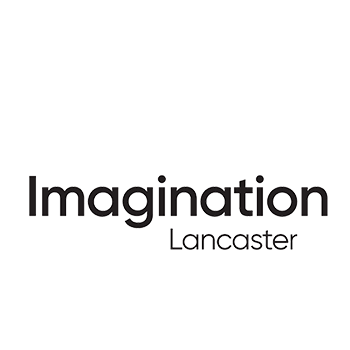Abstract
Futuresonic and the MET Office invite people in Manchester to join together in a unique experiment to map air flows and examine the ‘urban heat island’ phenomenon.
Climate Bubbles will see hundreds of people across Manchester simultaneously blowing soap bubbles and noting where and how quickly they float. People will then be asked to input their individual bubble data into an online interactive map of the city – giving the MET office access to a wealth of urban climate data that is difficult to observe via conventional methods.
As part of Futuresonic’s Environment 2.0 themed programme of exhibitions and events, which blur the lines between art and science, Climate Bubbles aims to get the people of Manchester involved in a creative and fun experiment which will provide the MET office with vital data.
Climate Bubbles was one of three large-scale, participatory mass observation projects on climate and biodiversity developed for Futuresonic 2009 by FutureEverything and ImaginationLancaster in collaboration with the Met Office and Natural History Museum.
How To Take Part
Taking part could not be simpler. All you need is a container of bubble solution (simply water, washing up liquid and, optionally, glycerine solution) and a paper bubble-cone.
There are two games you can play:
The Bubble Chase
Choose somewhere that’s safe and easy to pinpoint on an on-line map with lots of space to run around (maybe your local park) and blow a single bubble. Chase the bubble until it pops, lands or floats somewhere you can’t follow. Blow another bubble from the finishing point. After 5-10 bubbles note the final place you end up so you can record it online.
The Bubble Race
Choose a start location and set a finish line 10 metres (10 large adult steps) from your start location in the direction of the wind. Use a stopwatch (or mobile phone) to time how long it takes for a single bubble to reach the finish line. Write down the time and then upload it online.
By logging on to www.futuresonic.com/bubbles you can register your results and upload them onto the Climate Bubbles map of Manchester. As they day continues, and more data is uploaded, it will create a clearer picture of the city’s local urban climate.
The best conditions for the experiment are during the daytime (11:00-15:00) but we encourage participant to take part to the event at different times during the day (and night). The Met Office need lots of measurements on the same day, and their supercomputers and senior scientists will study the medium and long term weather forecasts and select the best date. The chosen day will be announced on the website on 10th May and 100% confirmed 24 hours in advance.
Keep up to date with what’s going on with Climate Bubbles and get full information on the bubble games and making your own bubble kit on www.futuresonic.com/bubbles.
Quotes
Artist and Futuresonic director Drew Hemment said: “There is a public appetite for mass participation activities such as Springwatch and the bluebell survey but these tend to be fairly traditional in approach. And while they are very good at engaging with structured organisations like schools and specialist societies, they are arguably less good at engaging wider audiences. “With the Climate Bubbles concept we are utilising a new, highly innovative approach to participatory observation and mapping, drawn from exciting areas of digital art and the world of web 2.0. It’s a project everybody can take part in and will help people discover fascinating facts about their own local climate while making a tangible contribution to our understanding of the urban heat island phenomenon.” “Futuresonic has always been about making science and technology accessible, understandable and fun. Climate Bubbles continues this tradition whilst simultaneously serving an important scientific function.” Mark McCarthy from the Met Office said: “Understanding how a city affects not only temperature but other aspects of the local weather, such as wind, is very important as these elements have a direct impact on our wellbeing and comfort.”
“What is innovative about this project is that it is attempting to measure the impact of a city on climate without the use of thermometers or other scientific equipment. By working with artists and bubbles we envisage the project will connect people not only with their environment, but also with their imagination, and make the process of collecting scientific data a dynamic experience.”
“The end-goal is to improve our understanding of the climate of Manchester and the impacts that future climate change might have on the city. This is crucial if we are to ensure it remains a sustainable and comfortable place to live and work, both now and in the future.”
